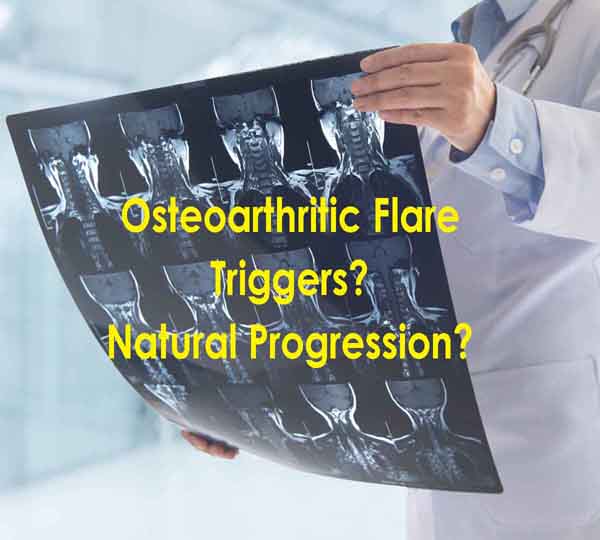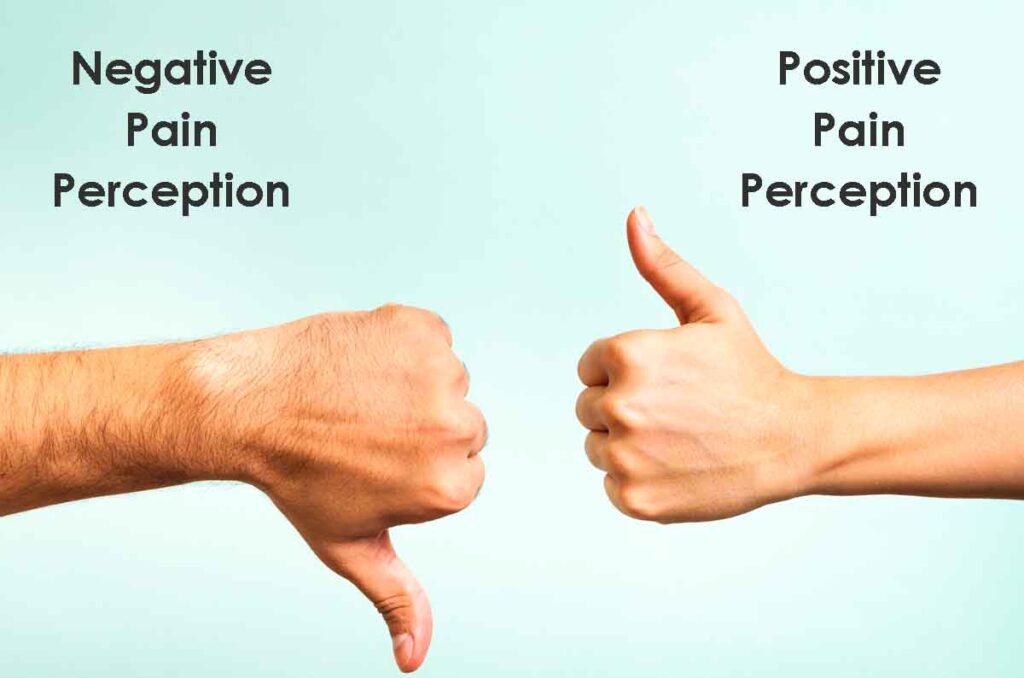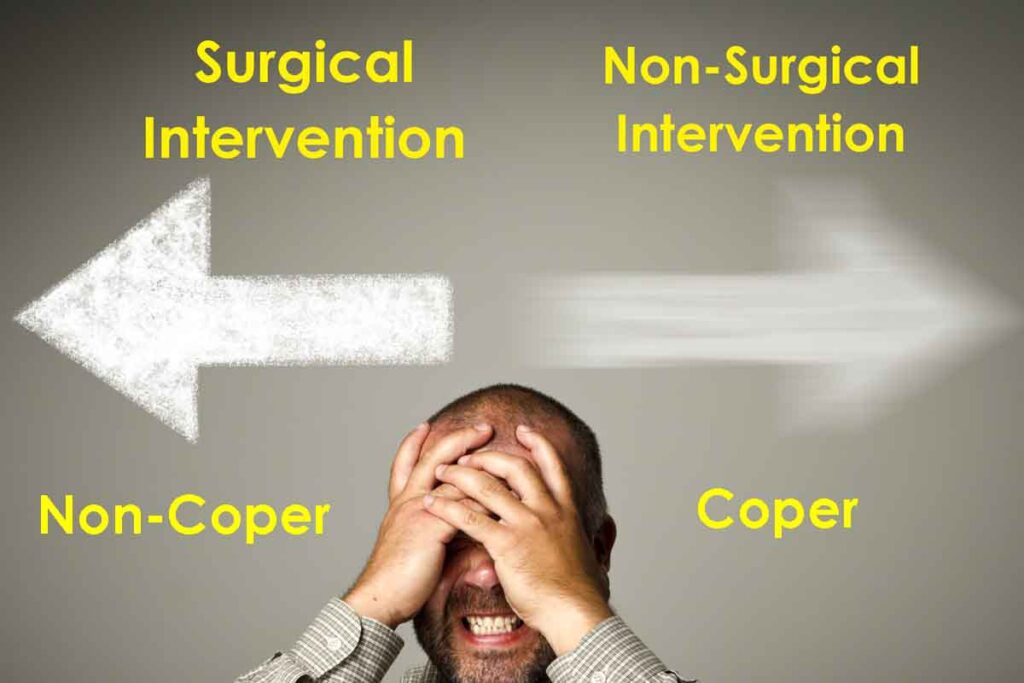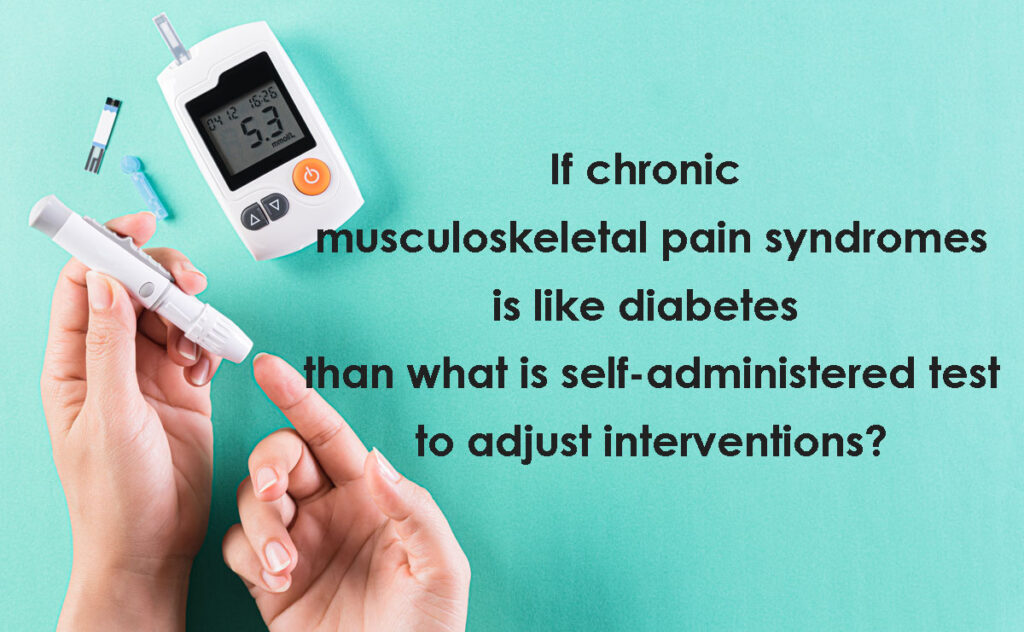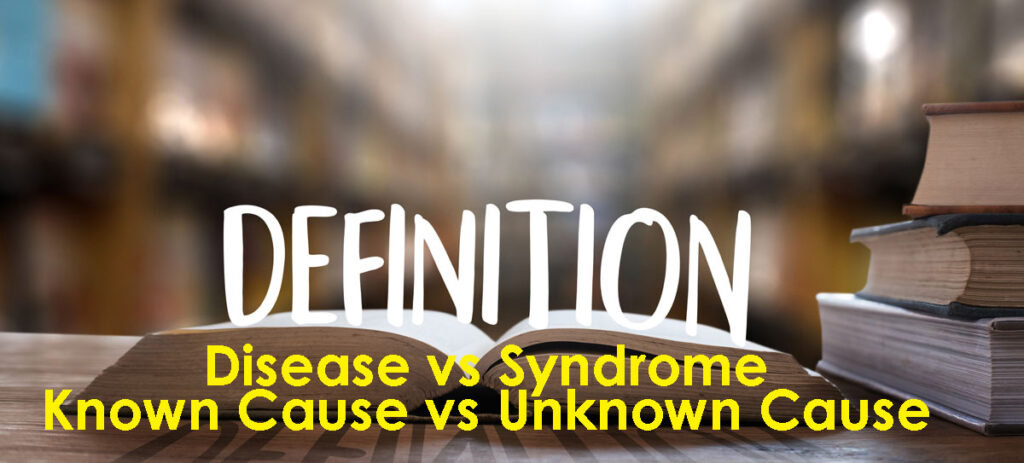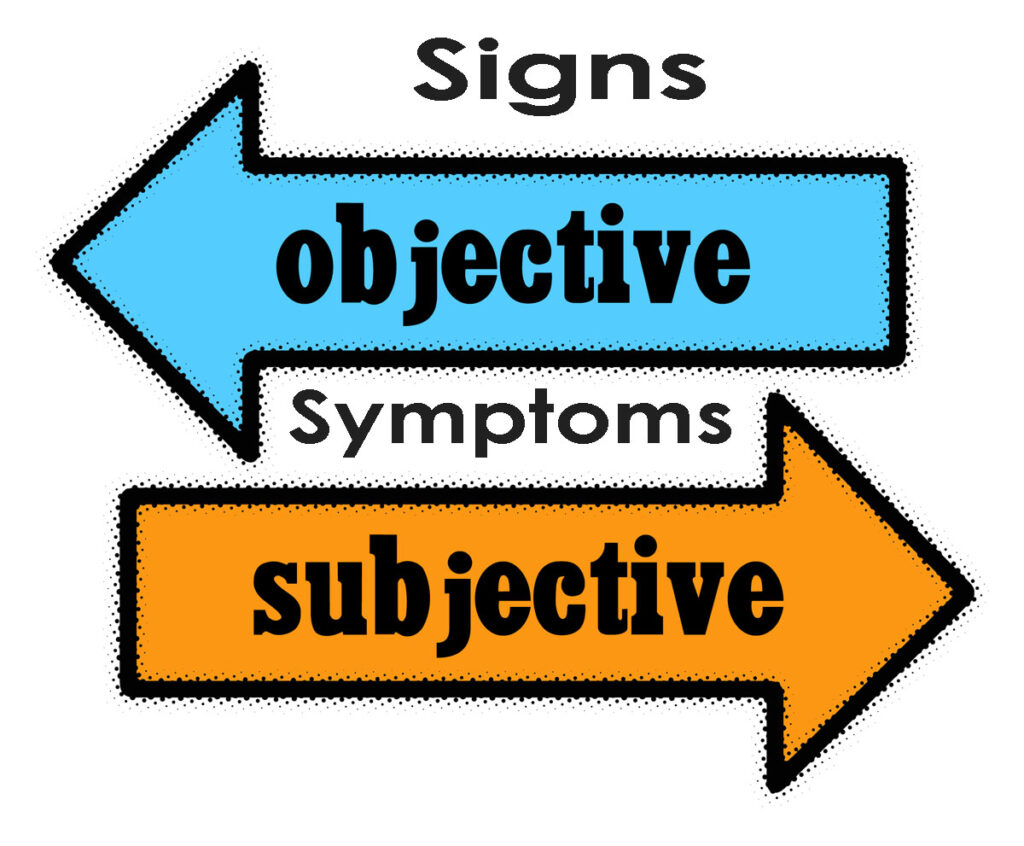Posts Tagged ‘Pain’
Adjusting the exercise load to manage musculoskeletal pain syndrome
Adjusting the amount of exercise load involves seeking a balance between increasing or decreasing the load. Athletes and healthy individuals the bias is towards increasing the load to improve capacity and performance. For musculoskeletal injuries, post-orthopedic surgery, or musculoskeletal pain syndromes, the bias is towards decreasing the load to facilitate healing and recovery. Tactics to…
Read MoreHow does the natural progression of osteoarthritis influence the management of osteoarthritic flares?
Case Example: Over the last year, on several occasions, a patient has sought assistance for recurring flaring neck pain. Radiographs show moderate osteoarthritic (OA) changes in the cervical spine. A history of mild to moderate scoliosis of the spine has existed since childhood. Over the years, the neck pain has alternated from long periods of…
Read MorePain – What does it feel like? How this information can guide intervention
When describing your pain details can include location, type, severity/intensity, frequency, duration, triggers, and impact on life. When describing the location of the pain it may not be accurate. Pain can be perceived in an area that is distant from the tissue source of the pain. This is described as referred pain, when the pain…
Read MoreOrthopedic surgery is not always necessary – coper vs non-coper
A diagnostic image such as an MRI can show significant structural damage such as a complete tear of the anterior cruciate ligament (ACL), a complete tear of the rotator cuff of the shoulder, a herniated spinal disc, or other musculoskeletal tissue damage. In 1983 Frank Noyes and colleagues in a seminal study of patients without…
Read MoreMovement-evoked pain measurement for adjustment of interventions for chronic musculoskeletal pain syndromes
If chronic musculoskeletal pain syndrome is like diabetes, then what is a self-administered test to adjust interventions? A thought-provoking article by Jermey Lewis and Peter O’Sullivan suggests “Is it time to reframe how we care for people with non-traumatic musculoskeletal pain” they suggest we have a lot to learn from how other chronic medical and…
Read MoreUnderstanding the Nuances of Disease, Syndrome, & Uncertainty in Musculoskeletal Pain
Disease is a particular abnormal condition that adversely affects the structure or function of all or part of an organism and is not immediately due to an external injury. Syndrome is a group of symptoms that consistently occur together or a condition characterized by a set of associated symptoms. While disease and syndrome both involve…
Read MoreUsing symptoms &/or sign modification procedure to manage musculoskeletal pain syndrome
The symptom modification procedure is a clinical reasoning process and is a common practice in the Physical Therapy profession. The symptom modification procedure involves identifying the specific movement, posture, and/or activity that reproduces the patient’s symptoms. Typically, the symptom is pain, which can be weakness, falls, or other functional limitations. Then intervening to alter the…
Read MorePath of least resistance is not always the best option – sometimes it is better to have some stiffness
There are three possible relationships between movement and musculoskeletal pain syndromes. There is either too much movement, not enough movement, or an optimal amount of movement. When a muscle tendon unit and/or joint is flexible, hypermobile, or unstable there is too much movement. When a muscle tendon unit and/or joint is stiff or hypomobile there…
Read MorePain – Movement
If pain occurs with movement, then observation and analysis of movement is required. The measurement of the symptom of pain occurs using the familiar numeric pain scale (zero to 10). 0-10 Numeric pain scale diagram. Clipart image In 1996 the American Pain Society lead a campaign to consider the measurement of pain as the 5th…
Read MoreExercise prescription – Art & Science
Exercise while not a drug can behave like one. Exercise can help in the management of chronic diseases and offer pain relief for individuals suffering from musculoskeletal pain syndromes. Like prescribing drugs, the concept of dosage applies to exercise prescription. A dose-response to exercise is not unlike drugs however the minimum dose, dose-response, and maximum…
Read More

